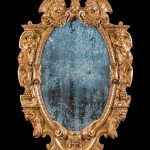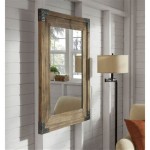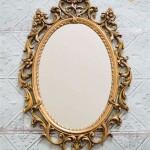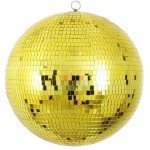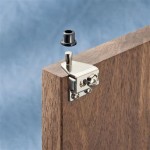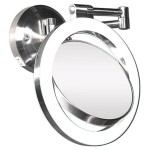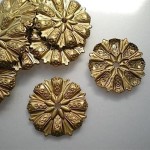What Image Is Produced By A Convex Mirror
Convex mirrors, characterized by their outward curvature, reflecting light away from their center, produce a distinct type of image with consistent characteristics. Understanding these characteristics is crucial in various applications, from security monitoring to vehicle design.
The image produced by a convex mirror is always
virtual
. A virtual image is formed when reflected light rays appear to diverge from a point behind the mirror. Unlike a real image, which can be projected onto a screen, a virtual image cannot. It appears to exist in a location where light does not actually reach.Convex mirrors also produce images that are
upright
orerect
. This means the image's orientation is the same as the object's. If the object is right-side up, the image will also be right-side up.Another defining characteristic of images formed by convex mirrors is that they are
diminished
orsmaller
than the object. This reduction in size is a direct consequence of the diverging reflected rays. As the rays spread outwards, the image formed appears smaller than the original object.The location of the image is always
behind the mirror
. Since the reflected rays diverge, they never actually converge to form a real image in front of the mirror. Instead, they appear to originate from a point behind the mirror's surface, creating the illusion of a smaller, upright image located within the mirror itself.The field of view of a convex mirror is significantly
wider
than that of a plane mirror with the same size. The outward curve allows the mirror to reflect light from a larger angle, giving the observer a more expansive view of the surroundings. This characteristic makes convex mirrors particularly useful in applications where a wide field of view is crucial, such as rearview mirrors in vehicles or security mirrors in stores.The specific size and location of the image produced by a convex mirror are determined by the object's distance from the mirror and the mirror's curvature, specifically its focal length. The focal length of a convex mirror is a negative value, indicating the virtual focal point behind the mirror. As the object moves closer to the mirror, the virtual image also moves closer to the mirror's surface and slightly increases in size, although it remains smaller than the object.
The relationship between object distance, image distance, and focal length is governed by the mirror equation: 1/f = 1/do + 1/di, where 'f' represents the focal length, 'do' represents the object distance, and 'di' represents the image distance. For convex mirrors, the image distance (di) is always negative, reflecting the virtual nature of the image.
Magnification, the ratio of the image height to the object height, is also a key concept in understanding convex mirror image formation. It can be calculated using the formula: M = -di/do. The negative sign indicates that the image is upright. For convex mirrors, the magnification is always less than 1, confirming the diminished size of the image.
The curvature of the mirror plays a significant role in the degree of image diminution and the width of the field of view. A more strongly curved mirror (smaller radius of curvature) will produce a smaller image and a wider field of view compared to a less curved mirror (larger radius of curvature).
The consistent characteristics of images produced by convex mirrors – virtual, upright, diminished, and located behind the mirror – along with their wider field of view, contribute to their widespread use in diverse applications. From enabling drivers to see a broader area behind their vehicles to enhancing security in retail spaces by providing a panoramic view, convex mirrors play a crucial role in our everyday lives.
Understanding the principles governing image formation in convex mirrors provides valuable insights into their functionality and informs their appropriate application in various optical systems and devices.

Convex Mirror Image Formation Conditions Ray Diagram Uses

Question Recalling Whether The Image Produced By A Convex Mirror Can Be Inverted Nagwa
Can A Convex Mirror Form Magnified Image Quora

Image Formation By Convex Mirrors
Can A Convex Mirror Produce Real Image

Question Identifying The Maximum Size Of An Image Produced By A Convex Mirror Nagwa
Is It Possible For A Convex Mirror To Produce Real Image When The Object Virtual Quora

Image Formation By Convex Mirrors

Concave Mirrors And Convex Image Formation Ray Diagram

Convex Mirror Image Formation Conditions Ray Diagram Uses

